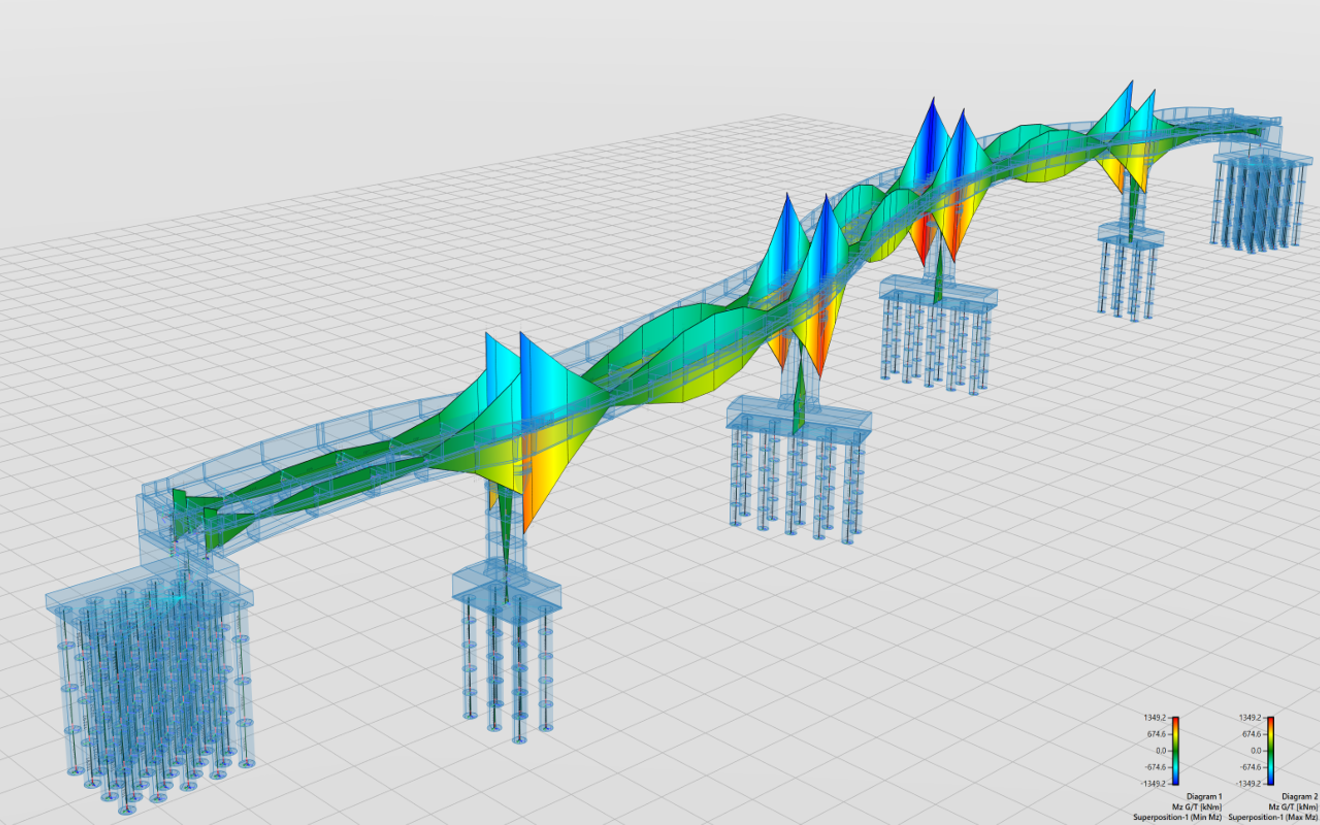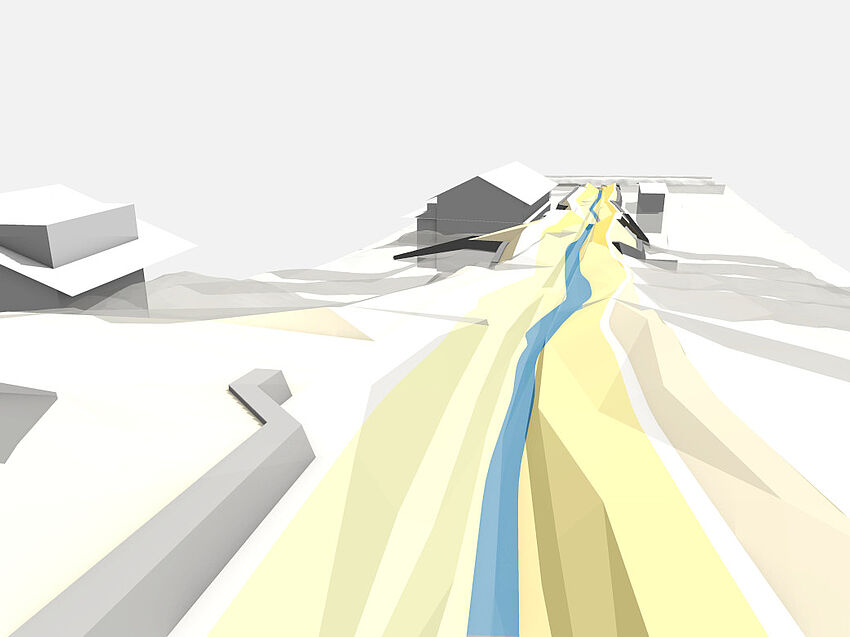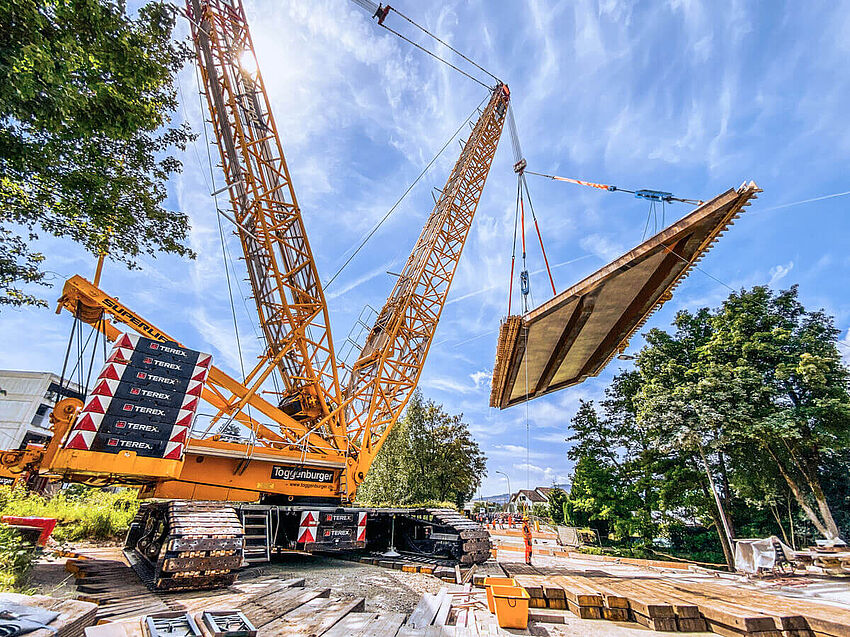Better Precast Girder Bridge Design with ALLPLAN: A Complete Workflow Solution
For many structural engineers, Building Information Modeling (BIM) is – as the name suggests – more about buildings than bridges. The two structures are very different, not just in terms of structural design but also in how they are modeled. Traditionally, a link between the geometrical and analytical bridge models has never existed in a usable format, requiring two or more software packages for bridge design. This setup has made BIM for bridge design more of a burden than a benefit, with structural engineers devising workarounds in order to meet BIM requirements. Imagine how much easier bridge design would become if the analytical model could be derived directly from the geometrical model.
With ALLPLAN Bridge 2020, this integration has become a reality, making BIM for bridges easier to implement than ever before. The increasing support for bridge-specific BIM tools like ALLPLAN Bridge 2020 means bridge engineers can start reaping the benefits of BIM. Here’s how BIM for bridges (or Digital Bridge Design) can help deliver quicker and more accurate designs, enhanced constructability, fewer risks, increased safety, and lower costs.
Digital Bridge Design
Previously, a bridge would be physically modeled using 3D modeling software and then exported into structural analysis software for the structural design . Additional geometrical information was added in the structural analysis program, as the model didn’t contain this information. Any changes that were required as a result of the analysis would then need to be modified in the 3D model separately. Data exchange was a secondary thought as these early attempts did not offer a truly integrated approach. Although parametric modeling of bridges is not new, the combination of modeling and analysis that ALLPLAN Bridge 2020 offers is. The parametric approach – which forms a hyper-intelligent model – takes BIM up the evolutionary ladder for Digital Bridge Design. Keeping separate models for analysis and modeling means that errors would creep into the design – for example, the geometry of a structural element may not have been changed in one model, or the intelligent data (attributes) attached to an element were not updated.
With an integrated bridge design solution like ALLPLAN Bridge 2020, bridge modeling, structural analysis, and detailing can all be done within one software package using the same model. The analytical model is automatically derived from the physical model, and updates as the physical model changes. All the geometric information required for both the design and analysis is contained in one model. Bridge design becomes easier, faster and more accurate as a result, even throughout multiple design iterations. All the intelligent data that makes a 3D model a BIM model stays in one place, making it easier to keep attributes updated as changes are made.
Benefits of BIM for Bridges
One of the benefits of BIM is the ability to virtually construct a structure and simulate an accurate construction schedule. With BIM software designed for bridges where the construction sequence is part of the model, the geometrical model can be automatically divided into construction segments and reinforced and detailed separately. Using the same input, the construction sequence calculation is then generated automatically. All necessary definitions such as load cases, element activation, and non-linear time effects like creep, shrinkage and relaxation are properly assembled when analyzing the defined construction sequence. Furthermore, the superimposed dead loads that are added later in the construction process – such as road pavements – are also automatically retrieved from the geometrical model. The user just needs to specify the point in time when the equipment is installed.
Once the construction sequence is defined, a construction schedule can be produced which includes of all the time-sensitive loadings that have been specified within the model. Without integrated BIM software for bridge design, engineers needed to adjust the schedule manually to allow time for these aspects.
Structural Analysis Features
The software supports stress-leading superposition in a ground-breaking, user-friendly interface using schematic definitions. This gives structural engineers maximum design flexibility while allowing a complete overview. For analysis, a global static analysis based on the Bernoulli beam theory is performed for all automatically and manually generated calculations, even where the cross-section varies. Non-linear time-dependent effects are also easy to include in calculations, for accurate structural analysis.
A New Generation of Bridge Design Software
ALLPLAN Bridge 2020 is a completely new platform designed specifically for bridge engineers. Created to simplify bridge design activities and workflows, ALLPLAN Bridge 2020 will change the way bridge projects are designed and constructed. To see how you can improve design efficiency while creating precise bridge designs, download a free 30-day trial version and elevate your bridge design onto the next evolutionary step that is ALLPLAN Bridge 2020.




